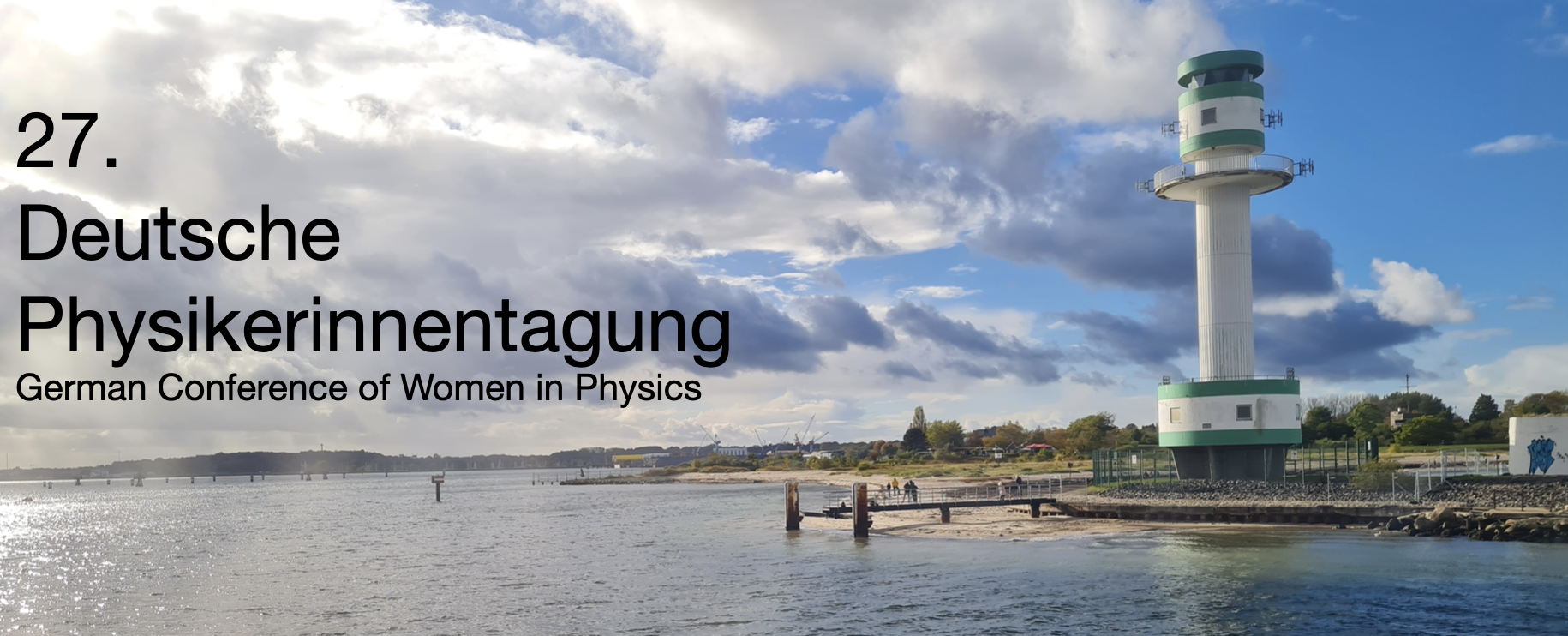Speaker
Description
In 2022 over 360,000 premature deaths could be accounted to exposure to air pollutants in the EU member states according to the European Environment Agency (2024). The main pollutants are: Particulate Matter (PM), Ozone ($\text{O}_3$) and Nitrogen Oxides ($\text{NO}_\text{x}$ $\text{x} \in {1,2}$ ).
To decrease causalities, there has been a great effort to model air pollutants with high spatio-temporal resolution. Physical models have the great advantage of high accuracy, are however computationally expensive. There as been an effort to use faster machine learning based models to predict air quality. In these models, meteorological data is commonly used to predict the air quality. The VAMOSlab provides traffic data in Dresden with high resolution, which is a promising feature since transportation contributed with 37% to the $\text{NO}_\text{x}$ pollution in Germany in 2023 (Umweltbundesamt, 2025). Due to the availability of the traffic data, this study uses Dresden as a case study.
We use a time series of 2023 at three different measurement locations within Dresden: One station with high traffic volume, one with lower traffic volume, and one as a reference in the rural background. After preprocessing the data, we compute correlation coefficients, mutual information and perform a random forest based feature importance to identify the relevant features for prediction.
The traffic volume appears to be an important predictor for the air pollutants, especially $\text{NO}_\text{x}$. Additionally, the wind speed, which accounts for transportation effects and the humidity and temperature seem to be important predictors. The findings provide a robust foundation for the development of sophisticated spatio-temporal models aimed at enhancing air quality in urban environments.

